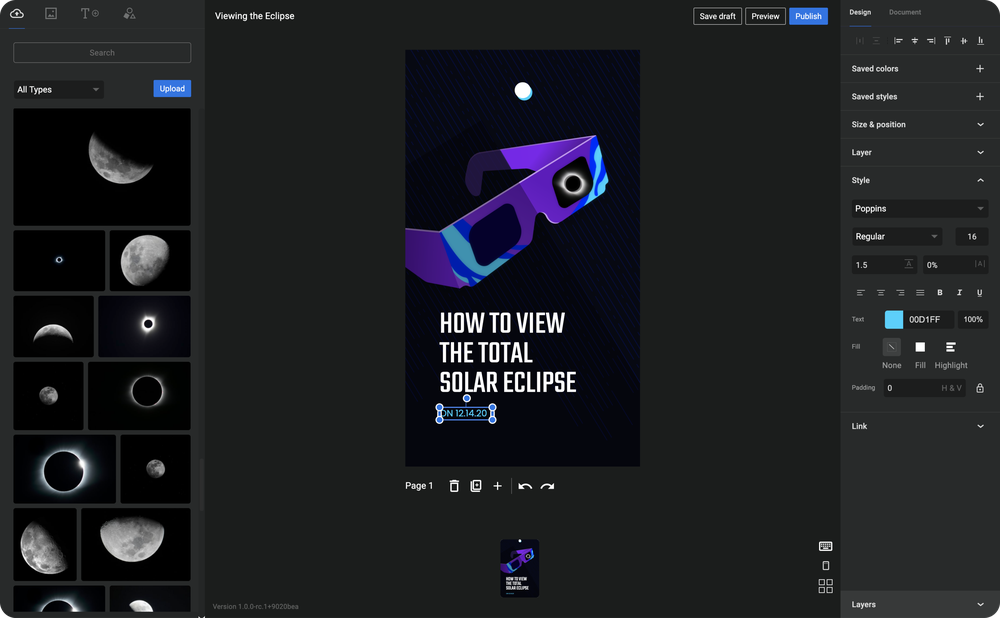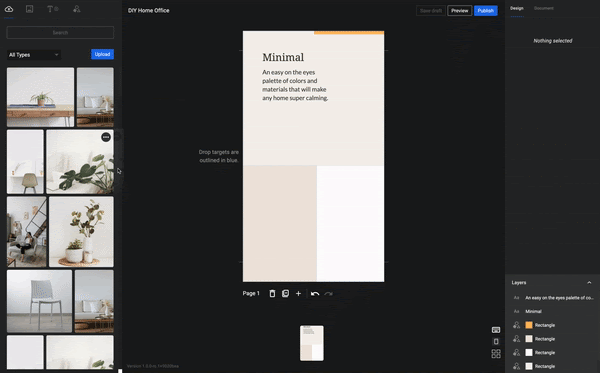
Google have recently announced that their Web Stories WordPress plugin is officially out of beta and available to download within the WordPress plugin directory.
This plugin enables creators to easily make and publish Web Stories to attract more visitors to their sites.

What are Google Web Stories?
Web Stories is powered by AMP technology and allows you to create full-screen, tappable, engaging visual stories. They have a magazine-style layout that includes short videos/images with captions or large text headlines which link to longer content.
The plugin provides you with a way of turning your long-form, existing content into short-form content that users can easily digest. If the user is then interested in the content, they can click through to read the rest of the article on your website.
Where are Web Stories Shown?
Once published, Web Stories can be found in:
- Google Search
- Google Images
- Google Discover
- Google App
This means that your content will appear in more areas, to a wider audience, which will assist in bringing more traffic to your website. The plugin also improves your SEO and rankings, but more on that later.
How do you navigate the interface?
Web Stories has an extremely easy-to-use interface that allows you to simply drag-and-drop text and images to your preferred location on the workspace. There are also multiple fully designed templates, which help you to get started quicker.

You can either upload your own photos and videos or use the free stock videos and high-quality images provided through a collaboration between Google, Unsplash and Coverr.
For more information about navigating the interface click here to read Google’s Guide to the Web Stories plugin.
Web Stories and SEO
As we mentioned earlier, this plugin can actually help with your SEO and rankings, but only if your content is optimised correctly. There are a few ways to do this:
- Add metadata.
This ensures maximum compatibility with search engines and certain discovery features.
- Optimise the images and videos you use.
For images, Google advises that you use PNG8+alpha/WebP for images that require transparency or JPEGs/WebP for any other image. In terms of videos, Google advises that you encode with the highest compression yielding acceptable results.
- Add analytics.
You can do this by either adding your Google Analytics ID in the ‘Editor Settings’ or by using the Site Kit by WordPress plugin.
Final Thoughts
Google’s Web Stories WordPress plugin is a great way to get your content seen by a wider audience. It is simple to install and has a very easy-to-use interface, with many features that will be updated regularly.
If you are thinking of installing this plugin on your website and would like more information or even just a helping hand, then do not hesitate to get in touch. We would be happy to get you set up and make sure your SEO works in your favour.









